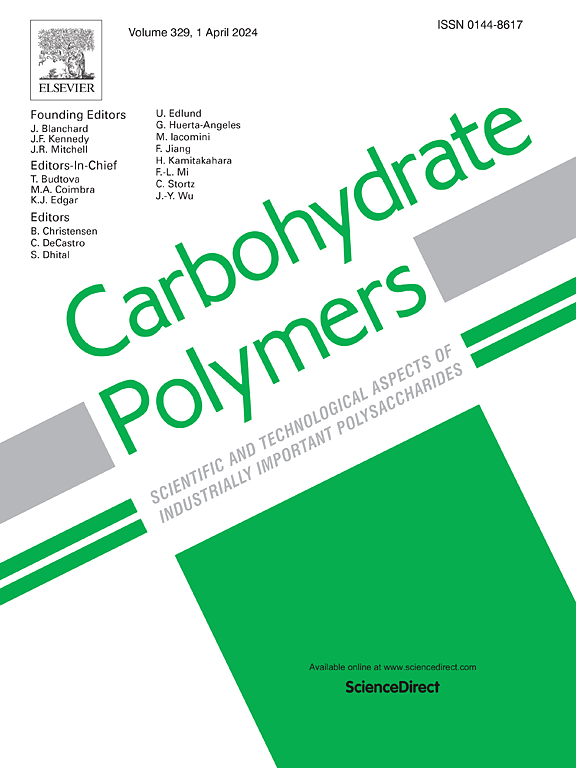“Processing-structure-activity” relationships of polysaccharides in Chinese Materia Medica: A comprehensive review
IF 10.7
1区 化学
Q1 CHEMISTRY, APPLIED
引用次数: 0
Abstract
Recently, the effects of Chinese material medica processing (CMMP) on physicochemical properties and biological activities of polysaccharides have been a prominent research topic. Previous studies have primarily concentrated on individual processing methods, structural characteristics, or biological activities, overlooking the interrelationships among these factors. This review systematically summarizes how various processing methods influence the structural characteristics of polysaccharides, including molecular weight, monosaccharide composition, glycosidic linkages, and the content of neutral sugar and uronic acid. We explored the impacts of these structures on biological activities, specifically the regulation of anti-inflammatory, antioxidant, and immunomodulating effects of polysaccharides. The chemical mechanism of polysaccharides changes during CMMP is also discussed. Different processing methods result in distinct structural variations of polysaccharides, which in turn significantly affect their physicochemical properties and health functions. Therefore, a comprehensive understanding of the processing-structure-activity relationships of polysaccharides is crucial to realizing polysaccharide preparations with targeted functional effects. We hope these findings not only provide novel strategies for clinical applications involving polysaccharides but also provide a reference basis for the research on improving the CMMP mechanism.

近年来,中药加工(CMMP)对多糖理化性质和生物活性的影响一直是一个突出的研究课题。以往的研究主要集中在个别加工方法、结构特征或生物活性方面,忽略了这些因素之间的相互关系。本综述系统地总结了各种加工方法如何影响多糖的结构特征,包括分子量、单糖组成、糖苷键以及中性糖和尿酸的含量。我们探讨了这些结构对生物活性的影响,特别是对多糖抗炎、抗氧化和免疫调节作用的调节。我们还讨论了多糖在 CMMP 过程中发生变化的化学机制。不同的加工方法会导致多糖发生不同的结构变化,进而显著影响其理化性质和保健功能。因此,全面了解多糖的加工-结构-活性关系对于实现具有针对性功能效果的多糖制剂至关重要。我们希望这些发现不仅能为多糖的临床应用提供新的策略,也能为完善CMMP机制的研究提供参考依据。
本文章由计算机程序翻译,如有差异,请以英文原文为准。
求助全文
约1分钟内获得全文
求助全文
来源期刊

Carbohydrate Polymers
化学-高分子科学
CiteScore
22.40
自引率
8.00%
发文量
1286
审稿时长
47 days
期刊介绍:
Carbohydrate Polymers stands as a prominent journal in the glycoscience field, dedicated to exploring and harnessing the potential of polysaccharides with applications spanning bioenergy, bioplastics, biomaterials, biorefining, chemistry, drug delivery, food, health, nanotechnology, packaging, paper, pharmaceuticals, medicine, oil recovery, textiles, tissue engineering, wood, and various aspects of glycoscience.
The journal emphasizes the central role of well-characterized carbohydrate polymers, highlighting their significance as the primary focus rather than a peripheral topic. Each paper must prominently feature at least one named carbohydrate polymer, evident in both citation and title, with a commitment to innovative research that advances scientific knowledge.
 求助内容:
求助内容: 应助结果提醒方式:
应助结果提醒方式:


